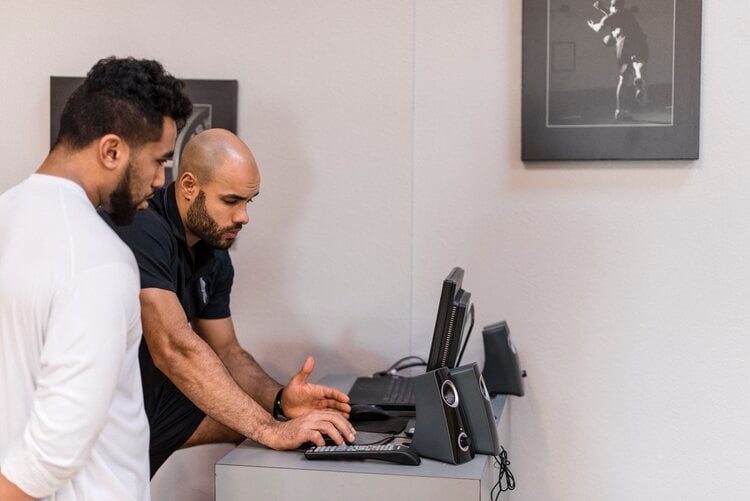
Many of the customers in our community have had or used force plates for many years before deciding to integrate with our Movement Health Platform (MHP). And every conversation begins with the same simple, but crucial moments of education.
As an example, when talking with a potential military partner in recent months, it was asked how often they use their current force plates. The answer was, “about every three months – if we have the time.” This is far too common. Most of our partners have had force plates collecting dust for that same reason.
The more common response is one of siloed ownership, “we only test when _____ is here because they’re the only one that knows how to use it.” It is common to see organizations test individuals only to take the next couple of months playing with data to try and find what looked “off” or maybe have that “aha” moment. Meanwhile, nothing has changed for the warfighters or athletes, leaving them feeling like lab rats. Force plates should collect dust in this instance. After all, are we here to protect the athletes and warfighters or to try and validate our own hypotheses?
First off, it is not the hardware that helps us. Force Plates are a tool to collect accurate data, a means to an end. The force plate data helped us build our database to develop and iteratively improve machine learning models with the ultimate goal of providing information that helps practitioners optimize human performance, allowing them to perform at a higher level.
As our company and technology have evolved, we've come to appreciate combining this data with other human data sources in a scalable way is a multiplier. Still, any hardware and the data it collects will simply sit on a hard drive if there is no one to make use of it. We believe, similar to the United States Special Operations Forces (SOF), that “Humans are more important than hardware.”
Secondarily, it is not even the emerging software interfaces that are new or incredibly valuable, but rather the ability to create a cloud infrastructure to securely house, aggregate, and analyze data. Back in 2017, The Economist published a story titled, “The world’s most valuable resource is no longer oil, but data.”
Our data platform uses a cloud data infrastructure to house & analyze the data, often called a data lakehouse, which allows machine learning to provide more accurate and insightful context to make better decisions right now, not days, weeks, or months from now. When data is stored on local devices, such as a laptop or external hard drive, that data loses value since it does not live anywhere outside of that device. It is not aggregated or helpful in providing context against larger datasets now or in the future. It also cannot be accessed by anyone except the person responsible for the device, including the athlete or service member who was tested.
In short, data should be democratized and available for everyone to access at different levels, in different locations, immediately; the individual can see their information, the practitioner sees their group, and perhaps an executive can see a broader picture of sentiment. Furthermore, the researcher and the data scientist can assess the underlying data. Data platforms provide a unique combination of security, privacy, and permissions along with flexible, customizable interfaces to make this possible. This type of democratization has led to incredible engagement, transparency, alignment, and progress for organizations because different inputs create compliance and contribute to a shared culture’s data-driven evolution.
The above examples and summaries should expose that the practice of sports science, especially the use of force plates, does not have a hardware problem – it has a democracy problem. Software must provide clarity to bestow the context needed to drive the process. If you can’t quickly access reliable data with consistent feedback in a practical manner, why even collect it?
Force plate hardware doesn’t return any investment without accompanying infrastructure to collect data, store data, provide insights, and operationalize these insights to enable organizations to improve performance and reduce injury risk in a scalable way.